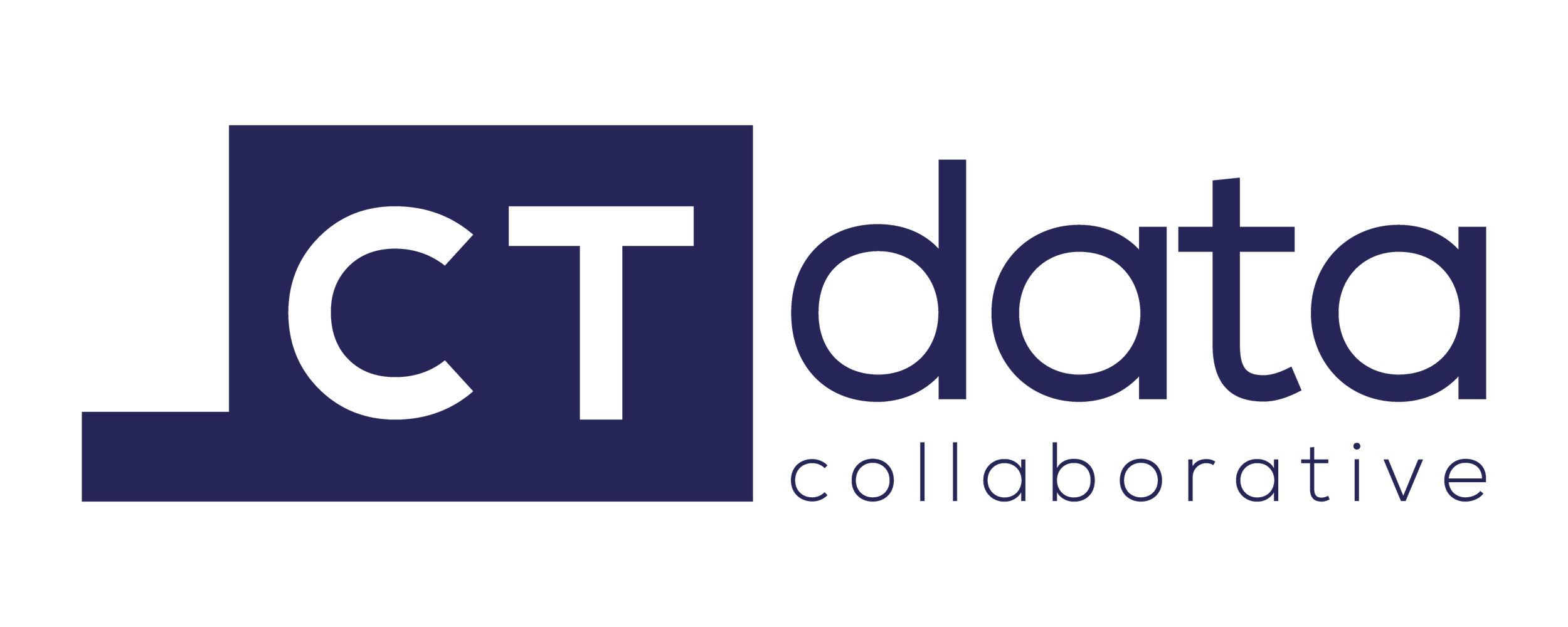From the 2021 to 2025 municipal election, voter turnout increased from 32% to 36% statewide. This represents almost 85,000 additional voters in the most recent election. Of the 158 towns that had a municipal election in both 2021 and 2025, almost three in four saw a higher turnout in 2025. In this blog post, we explore differences in voter turnout by town.
Read MoreIn response to the federal data system going black in January of this year, we at CTData have been partnering with local organizations to bring people together across the state to share information about what we know about changes to federal and state data, and also to help folks connect locally around data and strategies they can use to best serve their region. On October 30, 2025, we partnered with Norwalk ACTS to bring this event to Norwalk. This post includes highlights from this session, but can’t do justice to the excellent presentations and conversations. Read this post to find many ways you can stay informed and take action!
Read MoreWhile the topic of “disappearing data” may seem alarmist, or perhaps relevant only to data people, what we are learning about changes to the support of our publicly funded data is going to affect every organization, including non-profit and for-profit organizations. At our May 30 event in Hartford, we learned more about what is happening to data and data partnership that is affecting state data, what we can do in our own organizations to follow the law and protect privacy, and most importantly, identified actions that we can all take as participants in this great democracy.
Read MoreThe United States leads the world in providing open access to government data. However, the neutrality and availability of crucial data required for informed decision-making, dissemination of public funds, public services, and research, is at risk.
In our recent webinar, Safeguarding Federal Data for Democracy, experts from across the country gathered to discuss the urgent need to preserve public data, the threats facing federal data infrastructure, and we data users can respond.
Read MoreConnecticut’s Secretary of the State has published results for the 2024 presidential election on their data portal. In this analysis, we explore changes in voter turnout and shifts in voting patterns using data from 2016, 2020, and 2024.
Read MoreEach year, nonprofits and volunteer groups across the state of Connecticut engage in “get out the vote” efforts, which include encouraging eligible citizens to register to vote and encouraging registered voters to vote. However, these groups often have limited resources for “GOTV” activities, and when looking at a city such as Hartford, knowing where it might be most helpful to focus those limited resources can be a challenge. In Hartford, the Hartford Votes-Hartford Votas Coalition members hoped to address that challenge. Through a participatory engagement design, CTData partnered with the Hartford Votes Coalition to identify the data that would be most helpful for these groups and to produce a data story and dashboard that these groups could use in their GOTV efforts, engaging the GOTV groups throughout.
Read MoreThe 2020 presidential election was unlike any in recent history. With political tensions, appalling injustice, and a global pandemic, people and organizations across the state navigated many challenges to promote a fair and accessible election. To learn more about the general election, absentee voting, and party affiliation, CTData analyzed election data from Connecticut’s Secretary of the State.
Read More